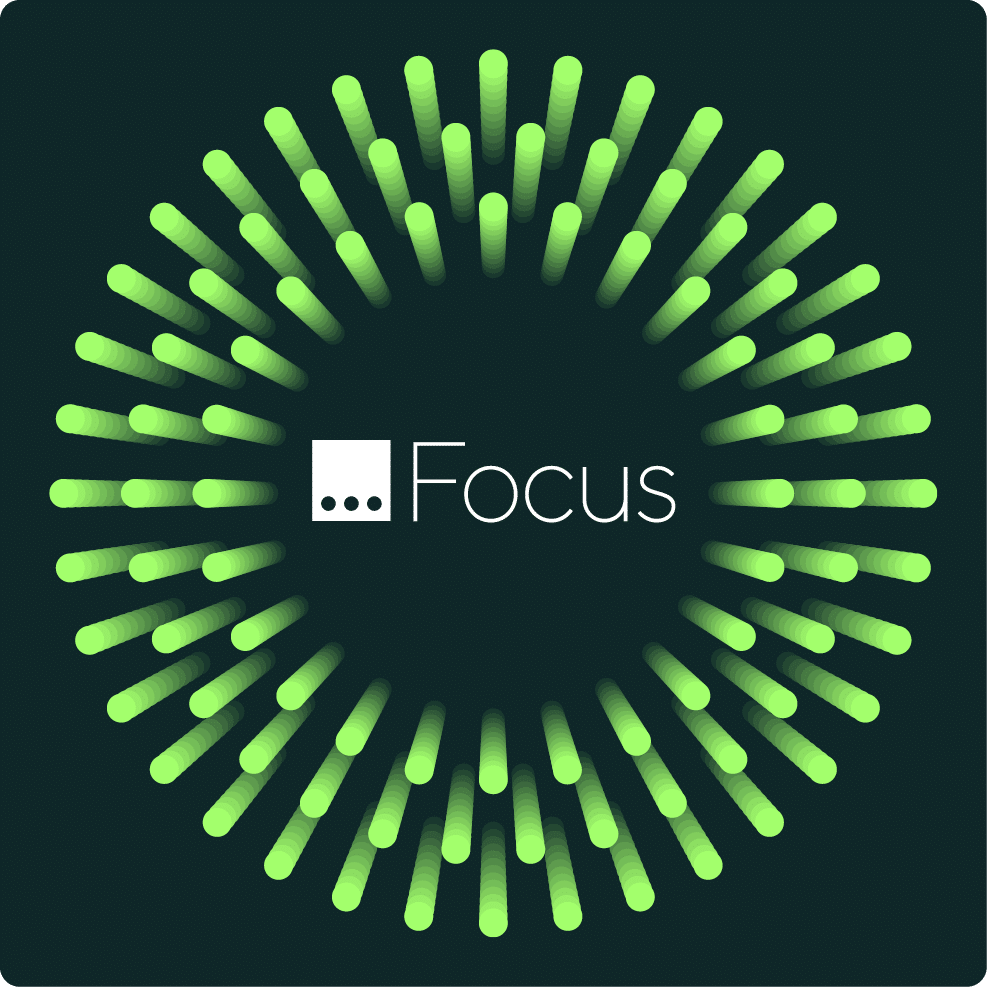The ‘Health Halo Effect’ Shows How Industries Discovered the Same Story

A Minnesota refinery published a story about worker well-being. An energy company in Georgia announced a utility assistance program. A logistics company responded to a hurricane. On the surface, these stories have nothing in common: different industries, different initiatives, different goals.
But these three companies all discovered the same truth: No matter what impact you’re trying to create, you’re ultimately affecting human health, and that’s a story stakeholders care about.
Look closer at how they told these stories, and a pattern emerges. The refinery didn’t just talk about safety compliance; it framed the story around employee health outcomes. The energy company didn’t position its program as rate assistance; it explicitly called it a health equity intervention. The logistics company didn’t just ship supplies; it delivered medical aid and mental health support.
Health Emerges as a Universal Language for Communicating Corporate Value
When we analyzed the close to 400 featured news releases published across the 3BL network in October 2025, we found the highest month-over-month growth in Health & Healthcare content. That’s no surprise — after all, October does bring Breast Cancer Awareness Month, World Mental Health Day, and the start of benefits enrollment season.
What we didn’t expect was for the numbers to tell two completely different stories.
The official count: About 12% of October’s content was categorized as “Health & Healthcare.”
The actual count: When we read through the stories, we found that nearly 37% of all content published through our network contained significant health angles.
Meaning: Health-related content was three times more prevalent than its categorization suggested.
So what? This is a signal that health continues to evolve from a sector-specific topic into something much bigger: a universal language for communicating corporate value.
Health Comms Reach a Tipping Point in October
Last month’s publishing is an ideal test case to see how organizations are talking about health, and how health implications and impacts are showing up in communications across topics. Here are three forces that converged:
The calendar aligned perfectly. Breast Cancer Awareness Month coincided with World Mental Health Day (October 10) and Mental Health Awareness Week. Aflac transformed its headquarters with a giant checkered pattern to remind employees to “check for cancer.” The Mary Kay Ash Foundation announced $3 million in cancer research grants. MetLife’s global BeWell initiative connects employees to health and wellness resources, and others have launched preventive care campaigns.
Nature didn’t cooperate with anyone’s timeline. Hurricane Melissa devastated the Caribbean, Hurricane Helene hit North Carolina and a typhoon struck Alaska, each disaster generating health-focused stories about how organizations were responding. Direct Relief alone appeared in multiple releases this month, partnering with other organizations in 3BL’s network to provide medical supplies, emergency funds, and support for healthcare infrastructure.
ESG reporting has evolved. With health metrics increasingly expected in sustainability reports and investors asking pointed questions about employee well-being and community health impact, companies can no longer afford vague commitments and need concrete health outcomes to report.
Health Refuses to Stay in One Lane
When SCS Global Services launched its International Lead Poisoning Prevention Week campaign, was that environmental remediation or child health protection? Both. When energy companies in Gwinnett County, Georgia, implemented programs to reduce energy burdens, was that utility policy or health equity? Both. When Marathon Petroleum hosted a safety fair at its St. Paul Park refinery, was that governance compliance or occupational health improvement? Both.
The distinction increasingly doesn’t matter — and that’s precisely the point. Consider how stakeholders actually process these stories. An investor reading about “reducing lead exposure in water systems” might intellectually understand the environmental benefit. But when the same initiative is framed as “protecting children from developmental health impacts,” the human consequence becomes immediately, viscerally clear.
GP PRO’s hand hygiene survey illustrates this shift. Rather than framing the story around product innovation or research, they led with infection prevention and control, a concrete health outcome that resonates with healthcare professionals, facility managers, and consumers alike.
The organizations aren’t choosing between environmental and health framing; they’re using health as the translation layer that makes ecological and social impact immediately tangible.
Mental Health Crossed the Executive Threshold
The most significant October milestone wasn’t a product launch or a research study. It was something more subtle: where mental health conversations happened and who was having them.
- Aflac published a piece titled “Preventing Burnout and a Call to Action for Employers.” The author wasn’t a wellness coordinator or an anonymous HR representative, but an executive making a public call to action about employer responsibility for mental health.
- Kate Spade New York held its Fourth Annual Global Summit on women’s mental health. Rather than a one-time campaign or a response to a crisis, this is an institutionalized, leadership-level commitment to mental health as a permanent business priority.
- LG launched “Transparent Conversations,” a podcast on the importance of mental health among student-athletes.
- AEG, an entertainment and sports venue company, hosted “The Burnout Effect” webinar during World Mental Health Week to help employees better understand and manage work-life pressures.
- Manufacturing companies, traditionally focused on physical safety, now explicitly include mental health in their Environmental, Health & Safety (EHS) frameworks, the Inogen Alliance observed.
The Pattern Beneath the Pattern
October publishing on our network reveals a pattern that most companies were unconsciously following. Companies didn’t necessarily decide to “do health messaging.” They were naturally gravitating toward the language that best conveyed their impact on employees and communities.
While October 2025 is just a snapshot, the forces driving health-focused communication — from post-pandemic awareness to ESG pressure and stakeholder expectations — aren’t going away. Telling stories through the lens of health shows our audiences the true purpose behind these frameworks: whether our organizations are making human lives better.
Stay up to date on the latest impact stories from leading brands across our network, here.


